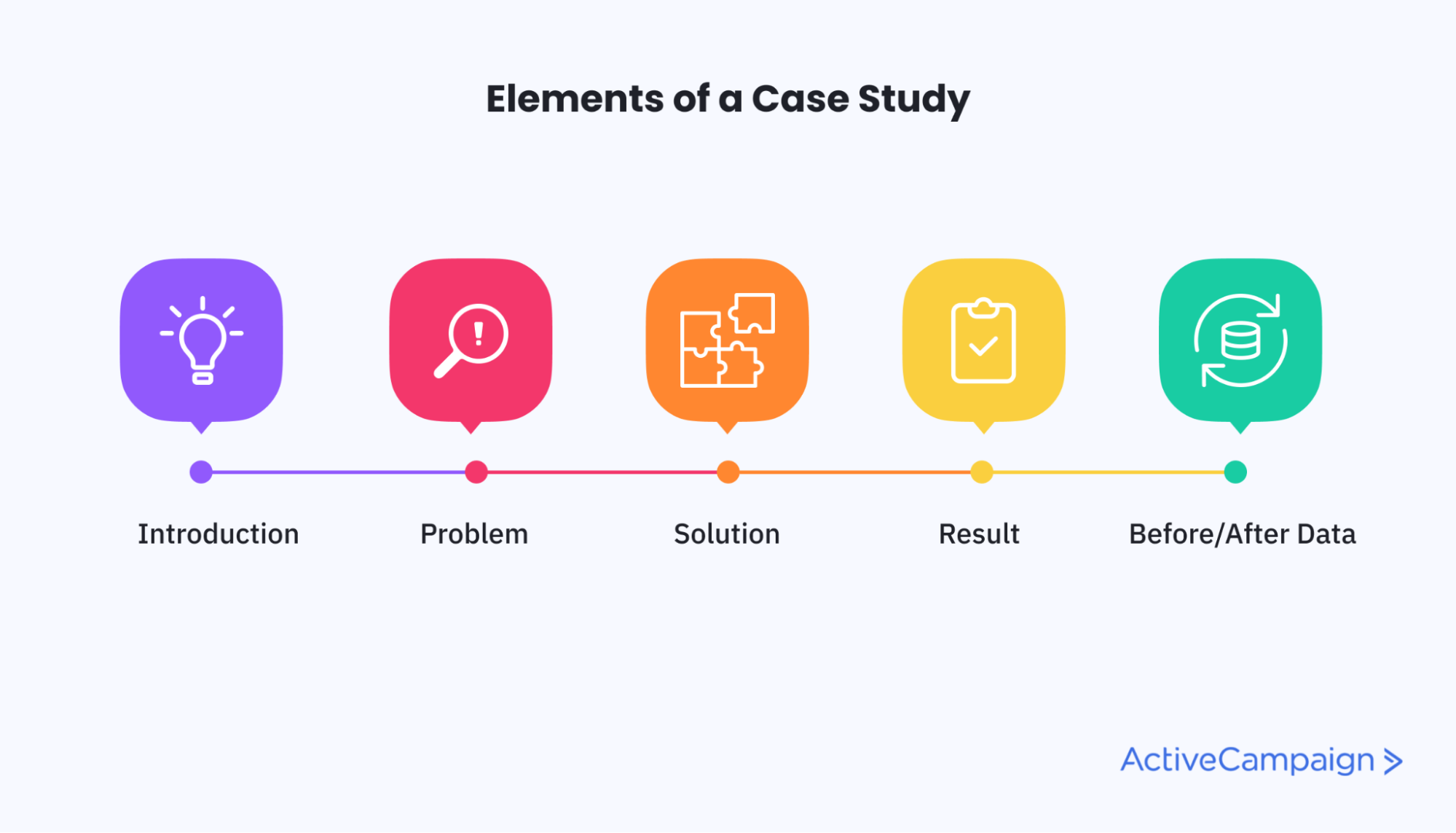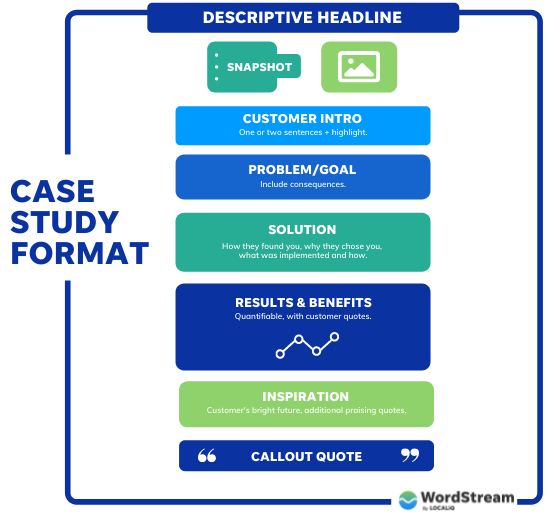Case Studies in Market Analysis: Unlocking Insights and Strategies for Success
Market analysis is an essential tool for businesses, investors, and marketers alike. It allows them to understand current market conditions, predict future trends, and make data-driven decisions. However, analyzing a market can often feel like a daunting task, especially without concrete examples to guide you. This is where case studies in market analysis come into play. By examining real-world examples, you can uncover powerful insights and strategies that can be applied to your own projects or investments.
In this article, we will explore the power of case studies in market analysis, explain their importance, and walk you through several examples that demonstrate how effective market analysis can drive business success. Whether you’re a marketer, investor, or business leader, learning from case studies is a valuable way to enhance your approach and achieve better outcomes.

What Is a Market Analysis Case Study?
A market analysis case study is a detailed examination of a particular business or market situation, focusing on how data and research were used to address key challenges and opportunities. These case studies often highlight:
- Market trends: Understanding the shifts in customer preferences, technological advancements, and industry changes.
- Competitor analysis: Evaluating competitors’ strengths and weaknesses.
- Target audience: Analyzing the needs and behaviors of a specific consumer demographic.
- Strategic decisions: How businesses made decisions based on the insights gathered through market analysis.
By studying real-life examples, you can better understand how market analysis techniques work in practice, and how to apply them effectively to achieve your own objectives.
Why Are Case Studies Important in Market Analysis?
Case studies are invaluable in market analysis for several reasons:
- Practical Learning: They provide practical, real-world examples of how market analysis tools and methods are applied in different industries.
- Risk Mitigation: By analyzing how companies faced challenges and implemented strategies, businesses can learn from others’ mistakes and successes.
- Actionable Insights: Case studies provide data and strategies that can be directly applied to your business, helping you make better-informed decisions.
- Inspiration: Real-life stories of success can inspire you to innovate and push the boundaries of your own market strategies.
Real-World Case Studies in Market Analysis
Case Study 1: E-commerce Growth Through Consumer Behavior Insights
Company: XYZ E-Commerce Inc.
XYZ E-Commerce Inc. faced stagnant sales for several years despite having a wide range of products and a strong online presence. Their challenge was to identify why their website traffic wasn’t converting into sales.
Analysis Approach
The company employed advanced market analysis techniques, including:
– Consumer Behavior Research: By analyzing user behavior data from their website, XYZ E-Commerce identified that many visitors were abandoning their carts at the checkout stage.
– Heat Maps and A/B Testing: The team used heat maps and A/B testing to understand where customers were clicking and what was causing them to leave the page.
– Competitor Benchmarking: A deep dive into competitors’ websites revealed that competitors were offering easier payment options and better product descriptions.
Results
After implementing these findings, XYZ E-Commerce made several adjustments:
– Simplified the checkout process.
– Enhanced product descriptions.
– Offered alternative payment methods, such as digital wallets.
These changes led to a 30% increase in conversion rates and a significant rise in customer retention.

Case Study 2: Real Estate Market Analysis for Property Investment
Company: ABC Real Estate Investors
ABC Real Estate Investors was looking to expand their portfolio of commercial properties. However, they were struggling to identify the right locations and types of properties to target.
Analysis Approach
They used a combination of market research tools to gain insights:
– Demographic Analysis: ABC analyzed population growth, employment rates, and income levels in various metropolitan areas to identify potential markets.
– Comparative Market Analysis (CMA): The team used CMA to compare current property values, rental yields, and vacancy rates across different neighborhoods.
– Economic Indicators: They also considered local economic factors, such as infrastructure development and the business environment.
Results
The analysis helped ABC Real Estate Investors focus their attention on high-growth cities with favorable rental yields. They successfully invested in three prime commercial properties, which appreciated by 25% in value over the next year.
Case Study 3: Product Launch Success Through Target Market Research
Company: 123 Tech Solutions
123 Tech Solutions developed a new software product aimed at small businesses but initially struggled to gain traction in the market.
Analysis Approach
The company turned to target market research to better understand their ideal customers. They implemented:
– Surveys and Focus Groups: Feedback from current customers and small business owners helped the company understand the pain points their product could address.
– Competitive Analysis: A review of competitors’ software revealed gaps in functionality and customer service that 123 Tech Solutions could capitalize on.
– SWOT Analysis: The company conducted a SWOT analysis (Strengths, Weaknesses, Opportunities, Threats) to fine-tune their positioning.
Results
By leveraging the insights from their market research, 123 Tech Solutions launched a targeted marketing campaign and improved the product’s features based on customer feedback. This led to a 50% increase in sales within six months.
Case Study 4: Content Marketing Strategy Optimization
Company: Digital Marketing Agency X
Agency X wanted to optimize its content marketing strategy to improve lead generation for its clients in various industries. Despite creating quality content, the agency’s clients were not seeing the expected engagement or conversions.
Analysis Approach
Agency X employed an in-depth content audit and analyzed:
– Content Performance: By evaluating the traffic, engagement, and conversions for each content piece, they identified underperforming topics and formats.
– SEO Analysis: They analyzed competitors’ content to identify ranking opportunities and keyword gaps.
– Audience Feedback: Agency X surveyed existing clients to gather feedback on content preferences and pain points.
Results
After refining their content strategy by focusing on the most relevant topics for their audience and optimizing SEO, Agency X saw a 40% increase in lead generation and improved engagement metrics across their client base.

Key Takeaways from Market Analysis Case Studies
1. Data-Driven Decision Making
All of the case studies highlight the importance of data-driven decision-making. Whether it’s understanding consumer behavior, analyzing competitor strategies, or evaluating market conditions, data plays a pivotal role in identifying opportunities and addressing challenges. Businesses that use data to guide their decisions are more likely to experience sustained success.
2. Continuous Improvement and Adaptation
The ability to adapt and adjust based on market feedback is crucial. The companies in the case studies did not simply rely on initial research. They continuously tested and optimized their strategies through A/B testing, customer surveys, and heat map analysis. This iterative approach allowed them to improve performance over time.
3. The Importance of Understanding the Target Audience
Whether you’re in e-commerce, real estate, or marketing, understanding your target audience is vital. Each case study demonstrates how audience insights can directly influence the success of a product, service, or campaign. Market analysis helps businesses tailor their strategies to better meet the needs of their customers.
4. Competitive Advantage Through Market Research
By studying the competition, businesses can identify gaps in the market and areas where they can outperform competitors. The case studies show that thorough competitor analysis is one of the most effective ways to gain a competitive edge.
Best Practices for Conducting Market Analysis
To ensure your market analysis is as effective as the case studies above, consider the following best practices:
- Use a Combination of Methods: Utilize both qualitative (surveys, focus groups) and quantitative (sales data, traffic analytics) research methods for a comprehensive analysis.
- Monitor Market Trends Continuously: Market dynamics can change rapidly, so it’s essential to keep track of industry trends and consumer behavior over time.
- Leverage Technology: Use advanced tools like AI and predictive analytics to gain deeper insights and forecast future trends more accurately.
- Collaborate with Experts: Consult with market analysts and industry experts to ensure you’re interpreting your data correctly.
FAQs About Market Analysis Case Studies
Q1: How do I apply a case study to my own business?
A1: Start by analyzing the specific challenges or goals you face in your market. Identify relevant case studies with similar contexts, and adapt the strategies used to your own situation.
Q2: What are the most important metrics to track in market analysis?
A2: Key metrics include customer behavior data, competitor performance, market share, conversion rates, sales growth, and customer satisfaction.
Q3: How can market analysis help with business growth?
A3: Market analysis helps you understand consumer needs, identify market trends, and optimize your strategies for growth. It provides actionable insights that drive informed decision-making and business development.
Conclusion
Case studies in market analysis offer invaluable lessons that can guide your business to success. By analyzing real-world examples, you can identify effective strategies
, avoid common pitfalls, and gain insights into what works best for your market. Whether you’re refining your marketing strategies, entering a new market, or making an investment decision, learning from past successes and failures is a key factor in achieving sustained growth and success.
For more insights into effective market analysis, explore tools and resources from ActiveCampaign and WordStream.

